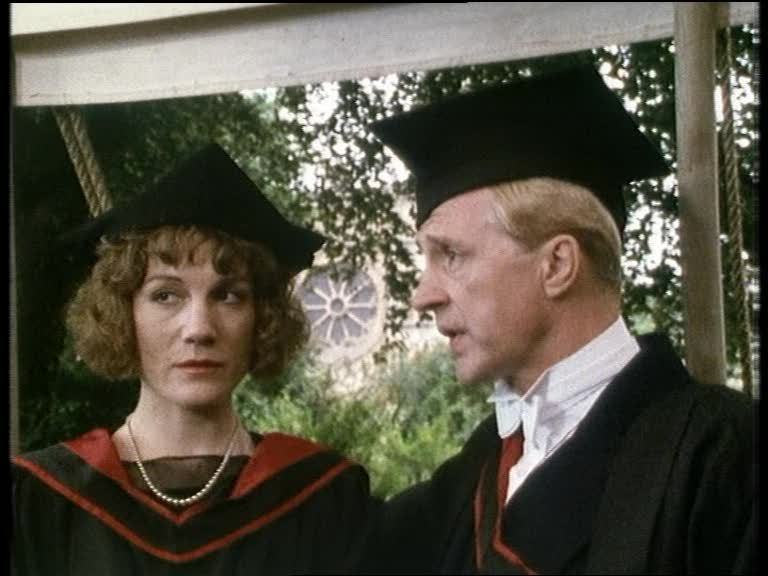 World map created with Mapchart.net]
World map created with Mapchart.net]
The aim: To diversify my reading and read as many books as possible (not necessarily 80) set in, and by authors from, countries all over the world. Female authors preferred. If a book is set in a location other than that of the author's nationality, it can apply to either (but not both).
On the map I'm only tracking new reads, not also rereads.
This is a project continued from 2019. 2020 reads for a country already covered in 2019 will override the 2019 reads. (2019 books listed below the page break.)
The Books:
Africa
Nigeria
Chimamanda Ngozi Adichie: We Should All Be Feminists (new)
South Africa
Agatha Christie: The Grand Tour: Letters and Photographs from the British Empire Expedition 1922 (new)
Ghana
Yaa Gyasi: Homegoing (new)
Burundi
Gaël Faye: Petit pays (Small Country) (new)
Gambia
Phyllis Wheatley: Memoir and Poems (new)
Americas
USA
Martha Wells: All Systems Red (new)
Sarah-Jane Stratford: Radio Girls (new)
Various Authors, Lee Child (ed.): Mystery Writers of America Presents: Vengeance (new)
Tamora Pierce: Alanna: The First Adventure, In the Hands of the Goddess, The Woman Who Rides Like a Man, and Lioness Rampant (all new)
Scott Lynch: The Lies of Locke Lamora (new)
Sonia Sotomayor: My Beloved World (new)
Charles Portis: True Grit (new)
Sara Paretsky: Indemnity Only (new)
Lee Goldberg: Lost Hills (new)
Anne Fadiman: Confessions of a Common Reader (new)
Martha Grimes: The Horse You Came In On (new)
Anthony Boucher: The Case of the Baker Street Originals (new)
Otto Penzler (ed.) & Various Authors: Murder at the Racetrack, Dangerous Women, and Bibliomysteries (all new)
Ian Doescher: William Shakespeare's Star Wars - Verily, A New Hope (new)
Ellery Queen: The Roman Hat Mystery (new)
Mark Twain: The Diaries of Adam and Eve (new)
Antigua
Jamaica Kincaid: A Small Place (new)
Peru
Nicholas Shakespeare: The Dancer Upstairs (new)
Asia
Philippines
Mia Alvar: In the Country (new)
Syria
Rafik Schami: Murmeln meiner Kindheit (My Childhood's Marbles) and Eine Hand voller Sterne (A Handful of Stars) (both new)
India
Barbara Cleverly: Ragtime in Simla (new)
Armenia
Eve Makis: The Spice Box Letters (new)
Iran
Anita Amirrezvani: The Blood of Flowers (new)
Australia / Oceania
Australia
Holly Throsby: Goodwood (new)
Europe
United Kingdom
Gladys Mitchell: Death Comes at Christmas (aka Dead Men's Morris), Speedy Death, and The Mystery of a Butcher's Shop, The Saltmarsh Murders, and Death at the Opera (all new)
Agatha Christie: 12 Radio Mysteries, Towards Zero, Ordeal by Innocence, The Harlequin Tea Set and Other Stories, Cat Among the Pigeons, and Dumb Witness (all revisited on audio)
E.M. Delafield: The Diary of a Provincial Lady (new)
Dorothy Dunnett: The Game of Kings (new)
David Ashton: McLevy, Series 1 & 2 (new)
Elizabeth George: I, Richard (revisited on audio)
Ngaio Marsh: Scales of Justice (twice), Overture to Death, Light Thickens, Dead Water, Death at the Bar, Enter a Murderer, A Man Lay Dead, Death on the Air and Other Stories, When in Rome, Singing in the Shrouds, False Scent, and Final Curtain (all revisited on audio)
Tony Riches: Jasper and Henry (both new)
John Bercow: Unspeakable (new)
Patricia Wentworth: The Case of William Smith, The Case Is Closed, and Pilgrim's Rest (all new), Miss Silver Comes to Stay (reread)
Colin Dexter: Last Bus to Woodstock (revisited on audio)
Raymond Postgate: Somebody at the Door and Verdict of Twelve (both new)
Ellis Peters: The Sanctuary Sparrow and An Excellent Mystery (both revisited on audio)
J. Jefferson Farjeon: Thirteen Guests (new)
Terry Manners: The Man Who Became Sherlock Holmes (new)
Margery Allingham: The Beckoning Lady, Black Plumes (both new), Death of a Ghost, Mystery Mile, Sweet Danger, Dancers in Mourning, Flowers for the Judge, and Police at the Funeral (all revisited on audio), My Friend Mr. Campion and Other Stories (new), and The Case of the Late Pig (twice) (reread)
P.D. James: BBC 4 Radio Collection (7 full cast adaptations) (revisited)
Keith Frankel: Granada's Greatest Detective (new)
Cyril Hare: Tragedy at Law (new)
Georgette Heyer: No Wind of Blame (reread)
Joy Ellis: The Patient Man (new)
Anne Perry: Defend and Betray (new)
Michael Cox: A Study in Celluloid (new)
Emmuska Orczy: Lady Molly of Scotland Yard (new)
Val McDermid: Broken Ground (new)
Josephine Tey: A Daughter of Time (reread), Miss Pym Disposes, Dickon (as Gordon Daviot), The Man in the Queue, To Love and Be Wise, A Shilling for Candles, and The Singing Sands (all new)
Detection Club: Ask a Policeman (new)
Susanna Gregory: An Unholy Alliance (new)
R. Austin Freeman: The Red Thumb Mark (new)
Alan Melville: Weekend at Thrackley (new)
Dorothy L. Sayers: Busman's Honeymoon and Love All (plays) (both new)
Bernard Capes: The Myystery of the Skeleton Key (new)
Ruth Rendell: A Judgement in Stone (new)
P.G. Wodehouse: Thank You, Jeeves and Jeeves in the Offing (both new)
Clemence Dane & Helen Simpson: Enter Sir John (new)
Pete Brown: Shakespeare's Local (new)
Christianna Brand: Green for Danger, Death in High Heels, Tour de Force, Heads You Lose, and Suddenly at His Residence (all new)
Bernardine Evaristo: Girl, Woman, Other (new)
Arthur Conan Doyle: The Ultimate Sherlock Holmes Collection (posthumous compilation) (audio revisit of selected short stories)
Clemence Dane: A Bill of Divorcement (new)
E.F. Benson: The Blotting Book (new)
J.K. Rowling: The Tales of Beedle the Bard, Fantstic Beasts and Where to Find Them, and Quidditch Through the Ages (all audio)
A.E.W. Mason: At the Villa Rose (new)
Iceland
Yrsa Sigurðardóttir: The Legacy (new)
Italy
Patricia Moyes: Dead Men Don't Ski (new)
France
J. Jefferson Farjeon: Seven Dead (new)
Freeman Wills Crofts: The Cask (new)
Jean-Francois Parot: L'énigme des Blancs-Manteaux (new)
Sweden
Helene Tursten: Night Rounds (new)
Hungary
Patrick Leigh Fermor: Between the Woods and the Water (new)
Romania:
Olivia Manning: The Great Fortune (new)
Austria:
Lili Grün: Alles ist Jazz (new)
Bosnia and Herzegovina:
Saša Stanišić: Wie der Soldat das Grammofon repariert and Herkunft (both new)
Croatia
Ranka Nikolić: Mord mit Meerblick (new)
![]()
![]()
![]()
![]()
![]()
The "Gender Wars" Stats:
Read in 2020, to date:
Books by female authors: 96
- new: 62
- rereads: 34
Books by male authors: 40
- new: 38
- rereads: 2
Books by F & M mixed teams / anthologies: 5
- new: 5
- rereads:
![]()
![]()
![]()
![]()
![]()
The Reading Lists:
AFRICA:
http://booklikes.com/apps/reading-lists/974/africa
LATIN / SOUTH AMERICA AND CARIBBEAN:
http://booklikes.com/apps/reading-lists/975/latin-south-america-and-caribbean
EAST / SOUTHEAST ASIA AND OCEANIA:
http://booklikes.com/apps/reading-lists/981/east-southeast-asia-and-oceania
MIDDLE EAST AND CENTRAL ASIA:
http://booklikes.com/apps/reading-lists/977/middle-east-and-central-asia
EASTERN AND CENTRAL EUROPE:
http://booklikes.com/apps/reading-lists/978/eastern-and-central-europe
WOMEN WRITERS (global list):
http://themisathena.booklikes.com/post/1618777/women-writers-reading-list
![]()
![]()
![]()
![]()
![]()

 Log in with Facebook
Log in with Facebook 











